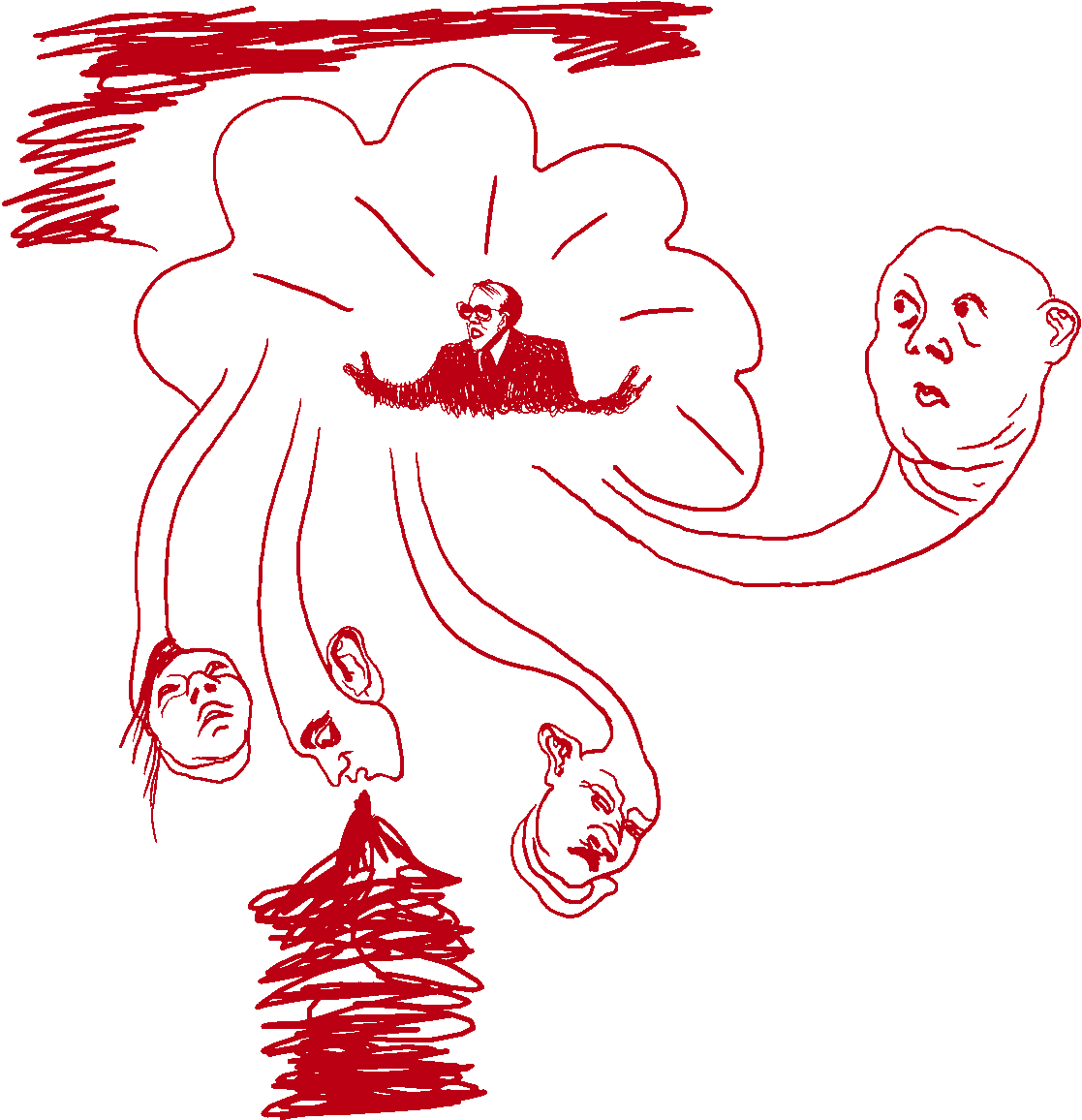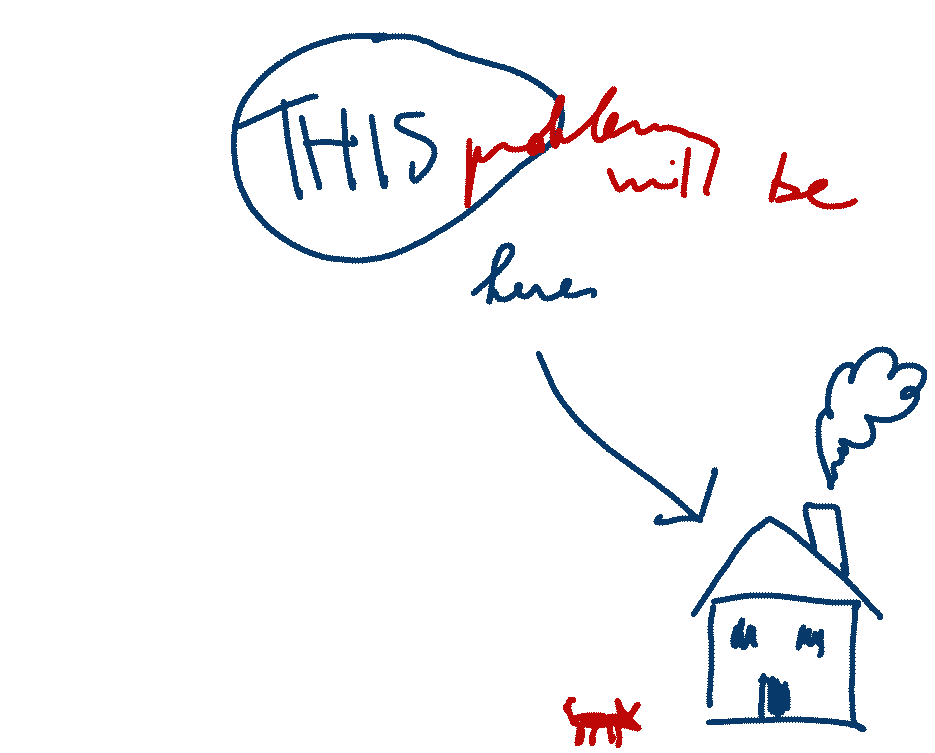
Episode Transcript
Chasing Life
SEP 23, 2025
Kissing Bug Disease Is Spreading; How To Stay Safe

Speakers
Dr. Sanjay Gupta, Kyra, producer
Dr. Sanjay Gupta
00:00:03
Welcome to Paging Dr. Gupta. You know, this is one of my favorite shows. I love it. I get to hear your voices. I get the answer your questions. I don't have scripts, so a lot of riffing, a lot talking to experts, but hopefully we're addressing the things that are concerning you right now. Kira, let's cut to the chase. Who do we have first?
Kyra, producer
00:00:24
Hey Sanjay. Okay, so our first question today is coming from a listener named Deidra and she wants to know about kissing bug disease. Now, I don't know too much about this topic and so I felt like this was a very interesting thing to learn about today. And so she's asking what exactly is the treatment for kissing bug disease?
Dr. Sanjay Gupta
00:00:43
'Okay, Deirdre, Kira, thank you so much. Kissing bug disease, also called Chagas disease, that's spelled C-H-A-G-A S. It is a condition caused by a parasite. There's bacteria, there's viruses, and there are parasites. Those are the typical pathogens. This one is caused by parasite, and it's been in the news a lot lately, so let me give you a little bit of background. First of all, it's caused by a parasite known as Trypanosoma cruzi, T. Cruzi. It's spread through contact with the triatomine bugs, T-R-I-A-T-O-M-I N-E. It's called the kissing bug disease because it typically bites people on their face. Not entirely clear why, but it seems to be because at night is when these bugs typically come out. You're in bed, most of your body is covered, but your face is exposed. And that's where it typically bites you. It drops off some parasites. And if these parasites get into your body through a cut in the skin or near the eye or mouth, that can lead to an infection. Sometimes people will rub or scratch around the bite wound, scratch around their eyes or their mouth. They may not realize it. And that's what allows the parasite to enter the body. Now, good news, it does not typically spread person to person or even through casual contact with people or animals who are infected. It can spread through infected blood, however. And that is why blood donors are actually screened for antibodies to the parasite. It's a little bit hard to know the exact numbers, but probably around eight million people globally are infected and 280,000 of them are in the United States. About 10,000 people die a year around the world. What is interesting about Chagas is that it was long considered a neglected tropical disease, mostly common in areas of rural Mexico, central and South America. As weather has become warmer, you've seen some of these tropical diseases start to migrate further and further north. And now kissing bugs have been identified in 32 states, and infections have been identified in 8 states, which are California, Arizona, Texas, Tennessee, Louisiana, Missouri, Mississippi, and Arkansas. The CDC definition of endemic is the constant presence of a disease or infectious agent within a given geographic area or population group. And that seems to be what is happening now in the southern United States. Defining Chagas as endemic would probably lead to a lot more awareness of this and provide a better platform for surveillance. We are starting to grapple with a new infectious disease in the United States. Now, again, kissing bugs, they feed on blood, and they are active mostly at night. If you look at them, adult kissing bugs are about a half inch to an inch long and can live up to two years. There are 11 different kinds of kissing bugs in the United States. And about half of them are actually infected with the Chagas parasite. So that's the whole cycle. They bite you, they leave the parasite, the parasite enters your body. That can make you sick, but there's a treatment. And I'm gonna talk about that right after the break.
Dr. Sanjay Gupta
00:04:05
'Okay, back to the listener question. Now that we got the background out of the way, what is the treatment for kissing bug disease, also known as Chagas? First of all, before you get treated, you need to know what the symptoms are. So the early stage, or what we call an acute stage of Chagas disease, is often mild, may go unnoticed, and this usually happens within the first weeks or months after getting infected. By the way, out of the 280,000 people that are believed to be infected in the United States, only about 1% have been officially diagnosed, because a lot of people may have mild symptoms, or really no symptoms at all. So that initial acute phase can last maybe up to two months after infection, and that's when a high number of parasites start circulating in the blood. You may have fever, headache, rash, sometimes you can have something known as Romaña sign which is eyelid swelling. And that's because the parasite can get into your eyelid usually after you accidentally rub the parasite into your eye or into a bug bite near your eye. There are also skin lesions known as chagomas. Now the chronic phase, that is after the first few months, that can last years or even a lifetime. And for a lot of people, they don't really again have much in the way of symptoms. But for 20 to 30% of those people, they can develop serious problems. Problems with their heart, problems with their digestive system. That's because the parasites have left the bloodstream and are now traveling around the body and they get mainly into the heart muscle and the digestive muscles. You can test for this and that's done with a blood test. For acute infections, you're trying to identify the parasite themselves. For chronic infections, tests are used to detect antibodies that fight the parasite. And as I mentioned earlier, blood donors are screened for antibodies to the parasite. So, treatment: this is a parasite. So we are talking about anti-parasitic drugs that can kill the parasite that causes Chagas disease. There are two different types that we typically talk about and they can be very effective. Benzidazole is one of them and nifertimox is another one. Benzidozol is a pill taken twice a day and that's usually the first line treatment has fewer side effects. Nifertimox is a pill that's taken three times a day. Both of them are FDA approved for children, but also prescribed for adults. Now, if you do develop other problems associated with the disease, such as cardiac problems, heart problems, or GI problems, you may need to see another specialist as well. Now, one thing about these treatments is that it's a commitment. Typically, it's about 60 days that you have to take these anti-parasitic drugs. And you have to start early, you want to start before the parasite actually starts to leave the bloodstream and moves to other areas of the body. Sometimes the medications can have some serious side effects and that's why they're typically not administered to pregnant women or people with kidney or liver failure. About 80% of people who are treated complete the treatment, but 20% or so have to abandon the treatment because those secondary effects can be so severe. We haven't really had new drugs for Chagas since the 1950s, so there is a push to try and develop some new therapies. Up next, we have a question about pets and whether they, too, can be affected by kissing bug disease.
Dr. Sanjay Gupta
00:07:45
Welcome back to Paging Dr. Gupta. Today's all about Chagas disease, something that a lot of people are talking about lately. It's also known as kissing bug disease. Kyra, who do we have next?
Kyra, producer
00:07:56
Okay, this is starting to sound like a kiss I definitely do not want, but I do have a followup question for you, Sanjay, and it has to do with our furry friends and how it affects them. So can our pets get kissing bug disease too?
Dr. Sanjay Gupta
00:08:11
'So the answer is yes, yes, it can affect animals. In fact, Chagas often infects animals before they infect humans, and they can be sort of a sign that humans are potentially at risk. We know that dogs and cats can potentially be infected. Cats are mostly carriers, which means they don't necessarily get sick even as they are carrying the parasite, but dogs, they can get pretty sick, and we have seen dogs exposed to this parasite in 23 states. Sometimes they become infected just like humans do they get bit and then the parasite gets into the body. Sometimes it's because they eat animals that have been infected with the parasite. Chagas can even be transmitted through canine blood transfusions if an infected dog serves as a blood donor. Now, the symptoms for dogs may be subtle lethargy tiredness decreased appetite weight loss In more severe cases, you may notice fainting, exercise intolerance, vomiting, diarrhea. In the most severe cases the vet may notice signs of heart failure, fluid in the abdomen, lymph node enlargement. Just like with humans, if you're concerned, you want to try and get a diagnosis as quickly as possible. Doesn't really help to wait in this case. There are plenty of steps you can take to try and protect yourself, your family, and your pets. Easiest thing is not travel to rural areas that have kissing bugs, but I realize that's not always possible. If you are traveling to or living in an area that might have Chagas disease, as best you can, try and stay in well-built places that have air conditioning, screens. This lowers the risk of contact with infected kissing bugs which often live in poorly built dwellings and are particularly active at night. Make sure to seal entry points. Close cracks and gaps in walls, roofs, doors, and windows, install and repair screens on doors and windows and spray places where you're staying if you're gonna be there for a while with long-lasting insecticides. Professional pest control can apply a long- lasting insecticide to walls and also other hiding spots in your house. Remember what I said about nighttime? That's when these kissing bugs are most active. So that's the time you wanna be the most careful. Now there are treatments as I mentioned the anti-parasitic drugs, but at this time, there are no vaccines or drugs that can prevent Chagas disease. So hope that helps. We've been getting so many questions about this. Do keep in mind as the weather gets cooler, typically below 62 degrees or so, transmission goes almost down to zero. And we're getting into the cooler weather now. When it starts to get warmer next year, that's when we need to start thinking about Chagas again. But hopefully, as a result of this podcast, you are better prepared. Thanks so much to everyone for your questions. You make this show come to life, so keep the questions coming. If there's something health-related you've been wondering about, record a voice memo, email it to asksanjay@cnn.com, or give us a call, 470-396-0832, and leave a message. Thanks so many for listening. I'll talk to you on Friday.



